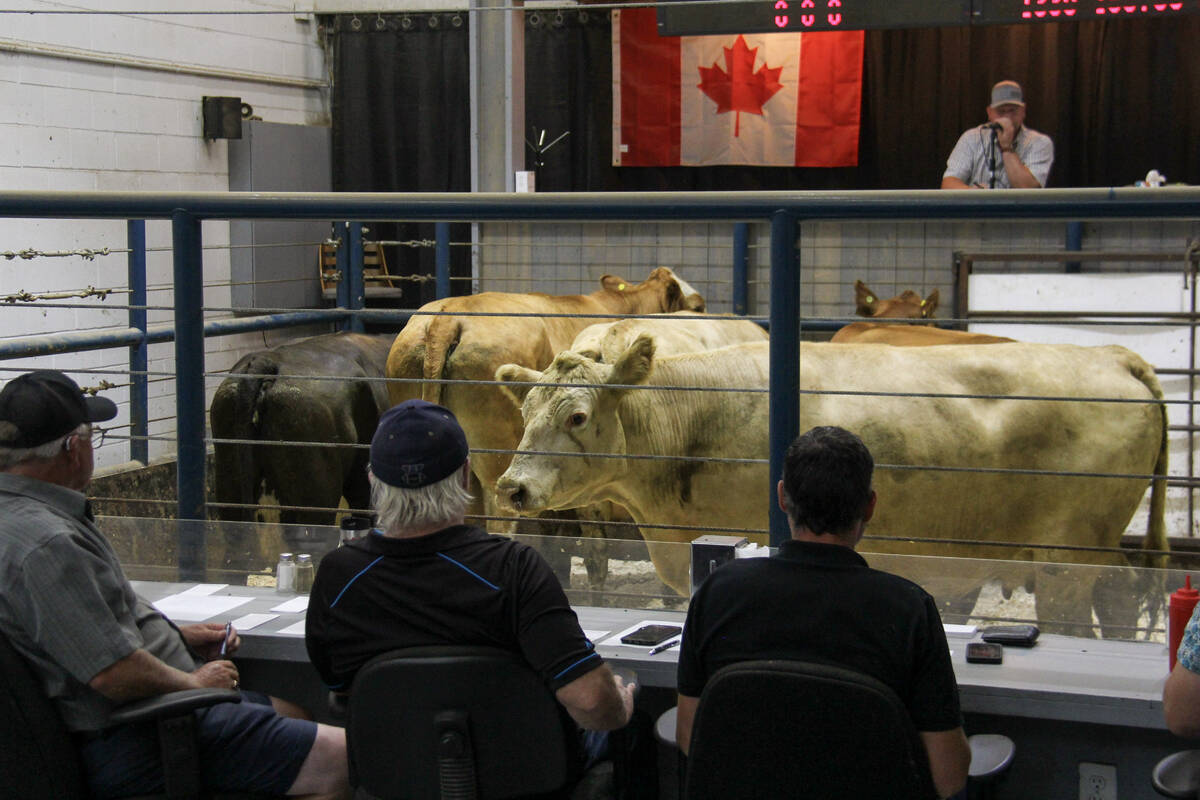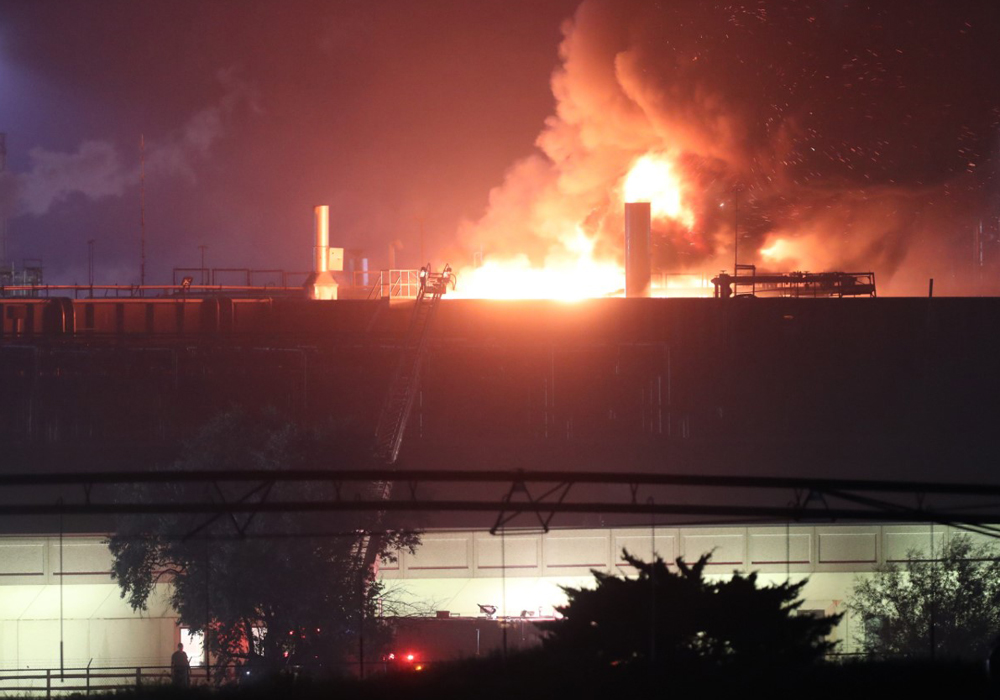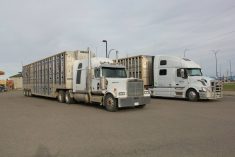An Aug. 9 fire that badly damaged the Tyson cattle slaughter plant in Holcomb, Kansas, continues to affect Canadian markets.
The plant was processing about 6,000 animals per day but the slaughter facility is not yet in operation.
“That Tyson plant … did represent about six percent of the fed cattle packing capacity in the U.S., said Jason Wood, Alberta Agriculture livestock market analyst.
“A lot of those cattle have been picked up but there’s going to be a certain drag there and that could put pressure on feedlot currentness over the next few months until that plant gets back on line.”
Read Also

Brandon auction mart closure not a harbinger of decline among Manitoba auctions
Does a diminished cattle herd and recent auction mart closures mean a general trend of decline among Manitoba livestock auctions? It doesn’t appear so.
Wood said the plant has partially opened to do some cutting but the kill floor remains out of commission and is not expected to be functioning until January, even in the best-case scenario.
“With that plant off-line, there’s potential for that to affect us up here. If cattle (that were) being shipped into other Tyson plants down in the U.S, we could see some of our cattle that are typically sent down there under contract, they could stay up here, which could have a negative impact on our price up here,” said Wood Sept. 12 during an Alberta Agriculture webinar.
News of the fire affected futures markets and in the short term, cut-out values jumped because of tightened supplies.
Wood said American and Alberta packers are operating well in the black, helped in part by the Tyson fire. U.S. packer margins are estimated at $400 to $500 per head, while Alberta packer margins are estimated at $200 to $300 per head.
















